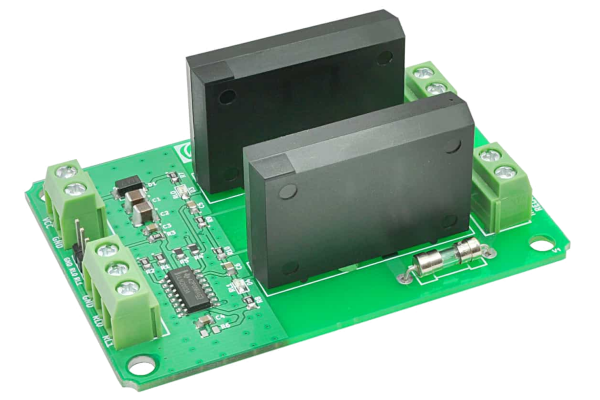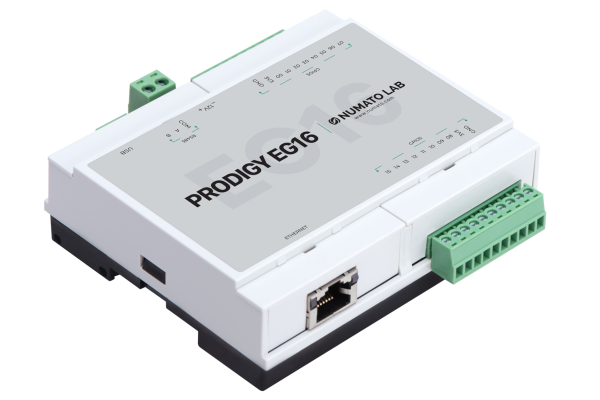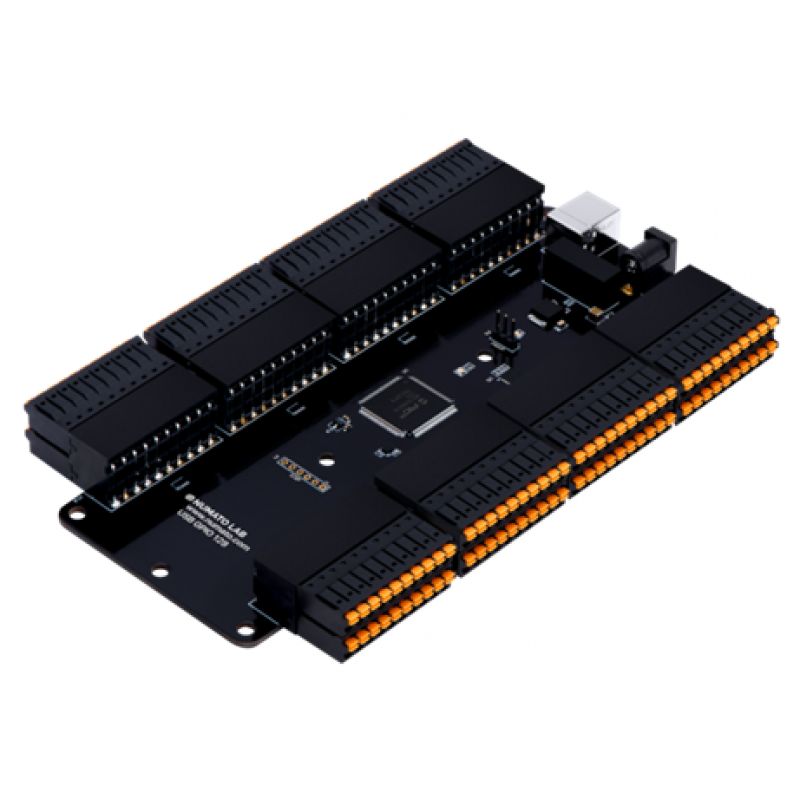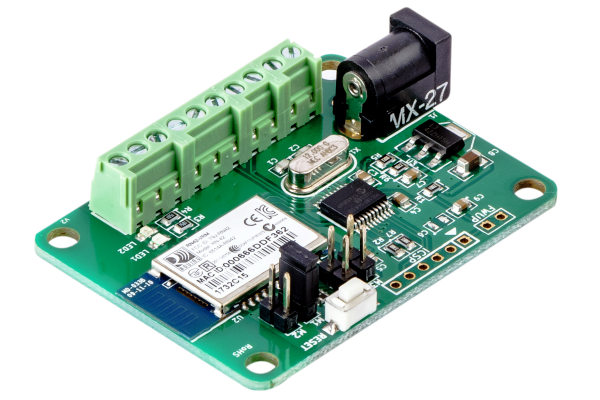Description
For Numato Products Price details/ quotation please mail your requirements on dolphinlabs17@gmail.com
Proteus is an easy-to-use FPGA Development board featuring the AMD Kintex-7 FPGA with 4GB DDR3L SDRAM. This board contains the AMD XC7K160T– FBG676 FPGA (other FPGA configurations are available at request). The high-speed USB 3.1 interface (USB-C connector) provides a fast and easy configuration download to the onboard SPI flash. There is no need for a programmer or special downloader cable to download a Bitstream to the board. The board features a High Pin Count (HPC), high-speed FMC connector for aiding the addition of additional features to the board by utilizing custom or commercial off-the-shelf daughter boards. Proteus allows users to add their own peripherals through IO Expansion Headers.
Features
- FPGA : AMD Kintex-7 XC7K160T– FBG676 package (Other devices available at request); Speed Grade: 2.
- 4GB DDR3L SODIMM SDRAM M471B5173CB0-YK0 or compatible
- 128 MB QSPI flash memory (N25Q128A13ESE40E) for Configuration and optional data storage
- 1 x 100MHz CMOS oscillator, 1x 150MHz LVDS oscillator for users
- 2 x 150MHz LVDS oscillator for GTP
- USB 3.1 Gen 1 @ 5Gbps (USB Type-C connector)
- Onboard voltage regulators for single-power rail operation
- 12V DC power supply
- Maximum 130 IOs for user-defined purposes on FMC connector
- 8 x GTX lanes upto 6.6Gbps on ANSI/VITA 57.1 Standard-compliant FMC HPC connector
- Micro SD Card
- A Push Button for the reset pin
- JTAG header for programming and debugging.
- 1 RGB LED for custom use.
Applications
- Product Prototype Development
- Communication Device Development
- Accelerated Computing Integration
- Development and Testing of Custom embedded processors
- Signal Processing
- Educational tool for Schools and Universities
-
The Conveyor Belt Object Counter using LDR and 7-Segment Display with the 8051 microcontroller is designed to count objects passing in front of an LDR (Light Dependent Resistor) sensor. The system works by detecting light interruptions when an object crosses the sensor, causing a change in the LDR’s resistance. The microcontroller processes this change and increments an object count. The count is then displayed on a 7-segment display.
















